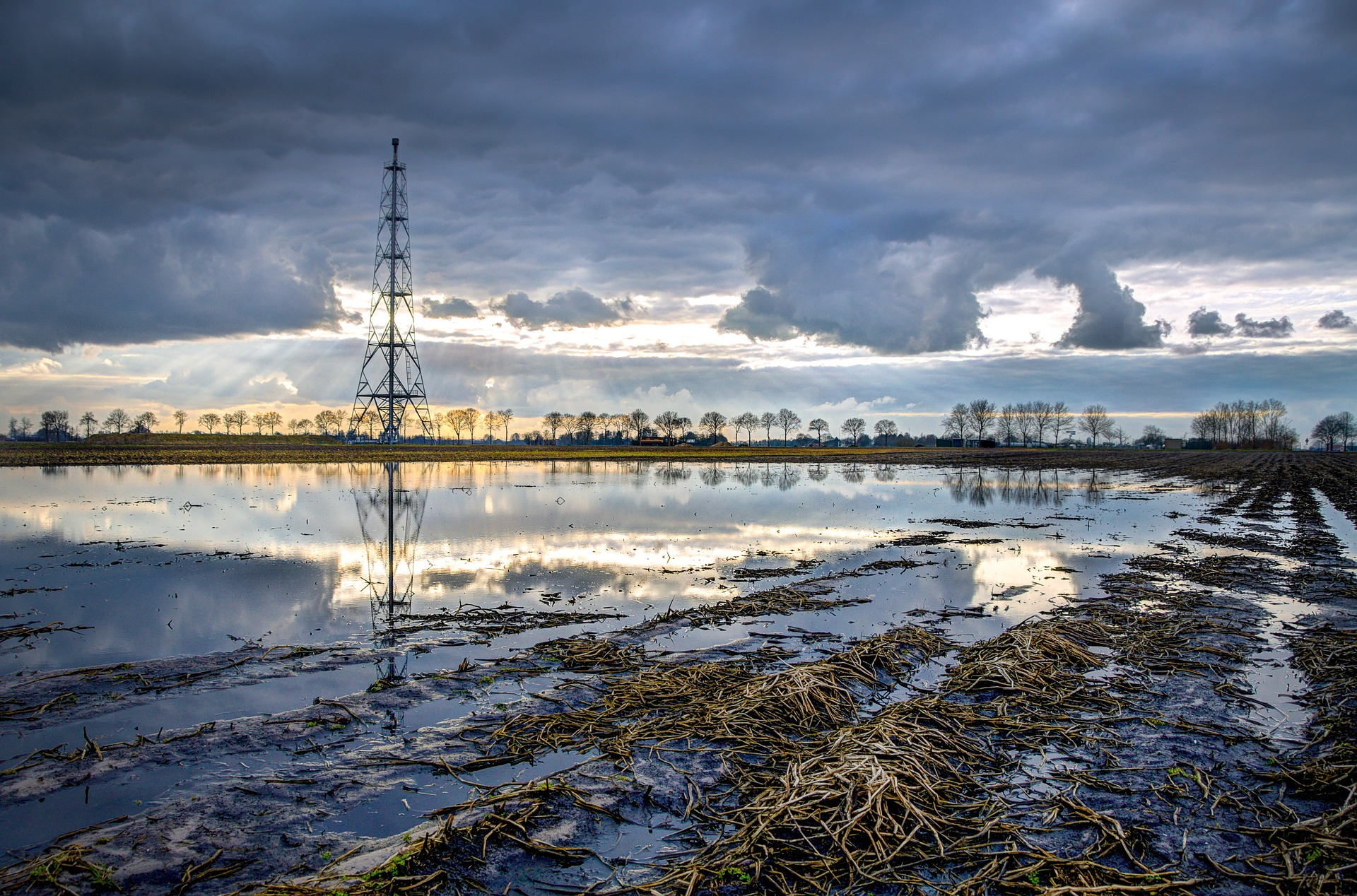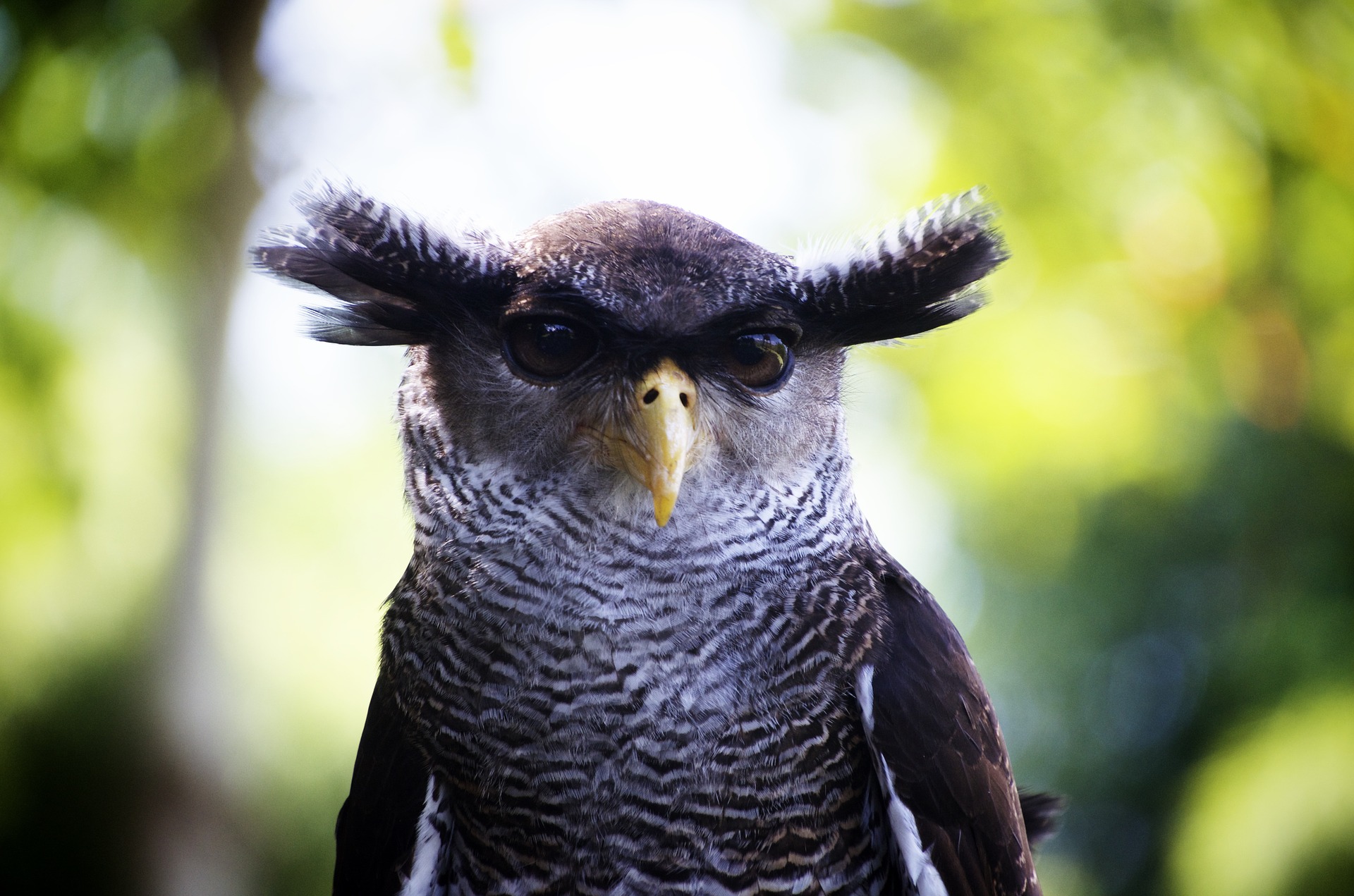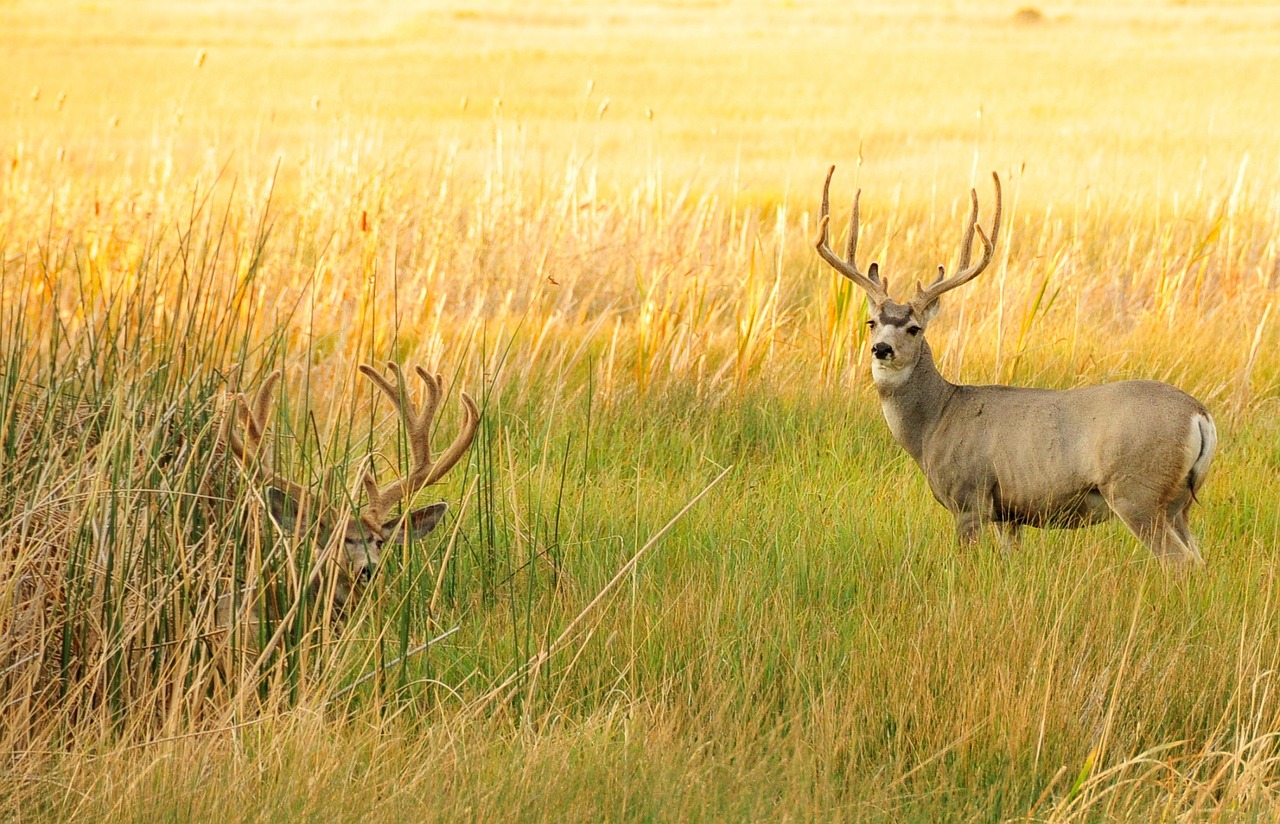As oil and gas exploration and drilling increase in the western U.S., wildlife and their habitats must be taken into consideration to avoid devastating long-term effects. You may remember a post I did last summer discussing the threat to the Greater-Sage Grouse due to oil and gas activities in their natural habitats. The threat applies not only to birds like the Grouse, but to several types of wildlife, including insects, mammals, reptiles, amphibians, and fish.

My goal here is to educate those who may be planning economic development or drilling on their land, so they can be aware of the risks to wildlife. According to this mineral management company, many private landowners lease or sell their land’s mineral rights without thinking through the consequences to the land and wildlife. I believe a balance between resource use and wildlife conservation is possible with careful planning. However, if done improperly and without regard for wildlife, resource extraction can lead to a reduction in wildlife populations. Conservationists need to work in tandem with oil companies to minimize the effects to wildlife. Here are six ways that oil drilling can impact wildlife:
1. Habitat Loss
The greatest impact is usually caused by the construction and land disturbance required, which can alter land use and harm local ecosystems by causing erosion and sedimentation, fragmenting wildlife habitats, and interrupting migration patterns. During construction, dirt, minerals, and pollutants can erode into nearby water bodies. Streams and ponds can also be affected if groundwater levels are lowered due to drilling. Habitat can be directly lost when buildings or roads are constructed. Loss of rare of sensitive habitats, such as vernal pools or breeding areas, can affect wildlife beyond the footprint of the project.
2. Behavioral Disturbance
Even without direct habitat destruction, drilling and exploration activities may disturb wildlife enough to cause behavioral changes. Deer and other sensitive species may avoid areas of human activity, noise, and lights. Light pollution can adversely affect many species of night-migrating birds. Birds are attracted to the lights and may become lost or collide with structures. Noise can also disrupt songbird communication in breeding and nesting seasons, as well as alter predator and prey dynamics. Predators can use the cover of human-caused noise to approach their prey without being detected.

3. Hazardous Material Leaks or Spills
As hazardous materials are brought into wildlife habitats, the potential for spills and leaks poses a serious risk. There have been documented cases of contamination of groundwater near oil and gas wells. Aquatic species are especially at risk because they cannot escape the contaminated area as easily as terrestrial species. Drilling fluids are often spilled and splashed around the well pad. The devastating cumulative effects of numerous small spills on can cause long-lasting impacts on local wildlife. Habitat can become contaminated and therefore unusable, or animals can be affected by the spilled material directly. According to the USFWS oil can harm wildlife through physical contact, ingestion, or inhalation. Inhaled or ingested chemicals in oil may:
- Damage animals’ organs such as the liver, kidney, spleen or brain
- Cause cancer, immune system suppression, and lead to reproductive failure
4. Introduction of Non-native Invasive Species
Vehicle use and land clearing activities are known sources of invasive species release. Invasive plant species could be introduced during construction or operation that may spread into adjacent habitat, reducing its value for wildlife. Native plant species, which are higher value for wildlife, can be displaced by invasive species.
5. Disruption of Migration Routes
Traffic, noise, human activity, and fences can all disrupt migration routes vital to wildlife species such as pronghorn antelope, mule deer, as well as predators that require a large home range. Studies, like one conducted by Joel Berger of the Wildlife Conservation Society and published Ecological Society of America, suggest that planned energy developments may reduce or eliminate migrations in the western U.S. When migration routes are cut off, the result is loss of habitat.

6. Direct Injury or Mortality
Wildlife may be injured or killed during construction, or during operations through collisions with vehicle and aircraft traffic, or collisions with buildings, communication towers, or other lighted structures. Wildlife may also be attracted to human structures by improperly stored waste, which could lead to them being removed or harmed for human safety reasons.
Pre-project analysis and planning can avoid and mitigate these impacts, and should therefore be conducted as early in the process as possible. By educating we can reduce the impact of energy exploration and extraction activities.
